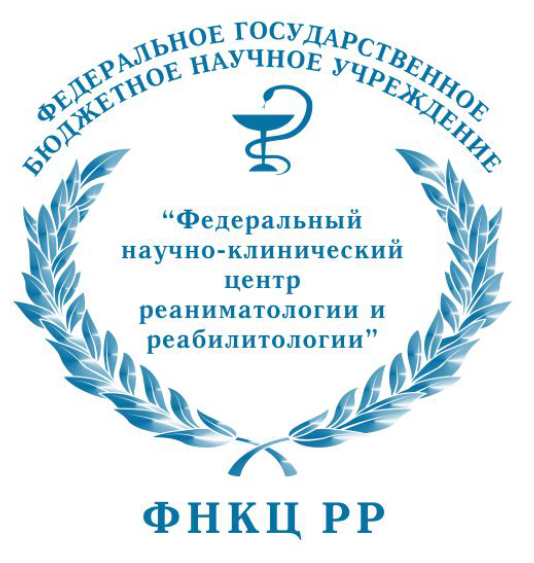
|
ИСТИНА |
Войти в систему Регистрация |
ФНКЦ РР |
||
New approaches to structural investigation of liposomes by SAXSдоклад на конференции
- Авторы: Konarev P.V., Petoukhov M.V., Kordyukova L.V., Shtykova E.V., Batishchev O.V.
- Международная Конференция : Biomembranes'24
- Даты проведения конференции: 7-11 октября 2024
- Дата доклада: 11 октября 2024
- Тип доклада: Стендовый
- Докладчик: не указан
- Место проведения: МФТИ, Долгопруный, Россия
-
Аннотация доклада:
Small-angle X-ray Scattering (SAXS) is widely used to study solutions of macromolecules, including those embedded into phospholipid vesicles or liposomes, which serve as potential carrier/delivery systems. Liposomes exhibit heterogeneous electron density; standard ab initio algorithms are not directly applicable and the analysis of such systems is a non-trivial task. The parametric modeling using nonlinear minimization methods and quasi-atomistic approaches to quantitatively characterize polydisperse spherical and elliptical liposomes and to restore the electron density profiles across the lipid bilayer have been developed using the scattering data collected over the full angular range of a SAXS experiment [1-3]. In particular, 3D atomistic modeling can be used for structural analysis in lipidomics and for the study of other bilayer systems consisting of different amphiphilic molecules. These approaches have been applied to study the interactions between multicomponent liposomes obtained from synthetic lipid molecules, as well as native proteoliposomes extracted from Influenza A/Puerto Rico/8/34 (H1N1) virions, with the viral M1 matrix protein [4]. In particular, it was shown that the hemagglutinin anchoring peptides stimulate the oligomerization of the M1 protein on the surface of the lipid bilayer, facilitating the process of viral particle assembly. This research was financially supported by the Russian Foundation for Basic Research, grant numbers 20-54-12007 and 20-54-14006. 1. Konarev, P.V. et al. BILMIX: a new approach to restore the size polydispersity and electron density profiles of lipid bilayers from liposomes using small-angle X-ray scattering data. Journal of Applied Crystallography (2020). DOI: 10.1107/S1600576719015656 2. Petoukhov, M.V. et al. Quasi-atomistic approach to modeling of liposomes. Crystallography Reports (2020). DOI: 10.1134/S1063774520020182 3. Konarev, P.V. et al. Restoring structural parameters of lipid mixtures from small-angle X-ray scattering data. Journal of Applied Crystallography (2021). DOI: 10.1107/S1600576720015368 4. Kordyukova, L.V. et al. The cytoplasmic tail of Influenza A virus hemagglutinin and membrane lipid composition change the mode of M1 protein association with the lipid bilayer. Membranes (2021). DOI: 10.3390/membranes11100772
- Доклад на конференции выполнен в рамках проекта (проектов):
- Добавил в систему: Петухов Максим Владимирович